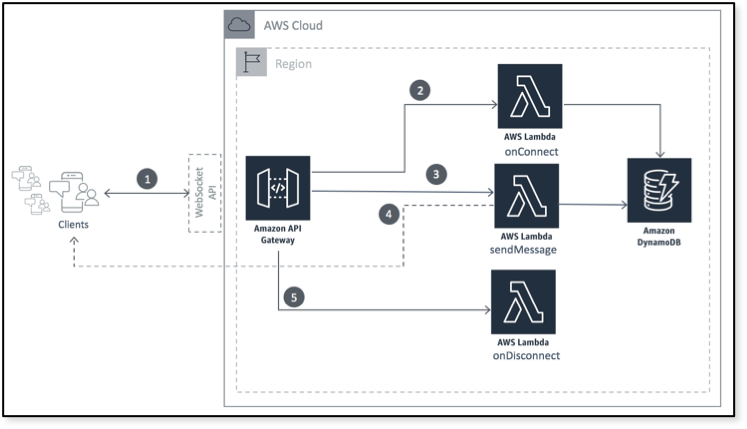AWS Compute Blog
ICYMI: Serverless Q4 2018
This post is courtesy of Eric Johnson, Senior Developer Advocate – AWS Serverless Welcome to the fourth edition of the AWS Serverless ICYMI (in case you missed it) quarterly recap. Every quarter, we share all of the most recent product launches, feature enhancements, blog posts, webinars, Twitch live streams, and other interesting things that you […]
Migrate Wildfly Cluster to Amazon ECS using Service Discovery
This post is courtesy of Vidya Narasimhan, AWS Solutions Architect 1. Overview Java Enterprise Edition has been an important server-side platform for over a decade for developing mission-critical & large-scale applications amongst enterprises. High-availability & fault tolerance for such applications is typically achieved through built-in JEE clustering provided by the platform. JEE clustering represents a […]
AWS Fargate Price Reduction – Up to 50%
AWS Fargate is a compute engine that uses containers as its fundamental compute primitive. AWS Fargate runs your application containers for you on demand. You no longer need to provision a pool of instances or manage a Docker daemon or orchestration agent. Because the infrastructure that runs your containers is invisible, you don’t have to […]
Amazon ECS Task Placement
Topics Intro Attributes, task groups, and expressions Task placement constraints Task placement strategies Use cases Intro Amazon Elastic Container Service (ECS) is a highly scalable, high-performance container orchestration service that allows you to easily run and scale containerized applications on AWS. This post covers how Amazon Elastic Container Service (Amazon ECS) runs containers in a […]
Tagging container image repositories on Amazon ECR
Starting today, you can add tags to your Amazon Elastic Container Registry (Amazon ECR) resources. This new feature enables better grouping of ECR repositories, better searching and filtering in the console, and better cost allocation. In this post, I show you how to create a tagging strategy. You might have many ECR repositories and want […]
Announcing WebSocket APIs in Amazon API Gateway
This post is courtesy of Diego Magalhaes, AWS Senior Solutions Architect – World Wide Public Sector-Canada & JT Thompson, AWS Principal Software Development Engineer – Amazon API Gateway Starting today, you can build bidirectional communication applications using WebSocket APIs in Amazon API Gateway without having to provision and manage any servers. HTTP-based APIs use a request/response […]
Getting started with the AWS Cloud Development Kit for Amazon ECS
The AWS Cloud Development Kit (AWS CDK) is an open-source software development framework to define cloud infrastructure in code and provision it through AWS CloudFormation. The AWS CDK integrates fully with AWS services and offers a higher-level object-oriented abstraction to define AWS resources imperatively. Using the AWS CDK library of infrastructure constructs, you can easily […]
Announcing nested applications for AWS SAM and the AWS Serverless Application Repository
Serverless application architectures enable you to break large projects into smaller, more manageable services that are highly reusable and independently scalable, secured, and evolved over time. As serverless architectures grow, we have seen common patterns that get reimplemented across companies, teams, and projects, hurting development velocity and leading to wasted effort. We have made it […]
Making Cluster Updates Easy with Amazon EKS
Kubernetes is rapidly evolving, with frequent feature releases, functionality updates, and bug fixes. Additionally, AWS periodically changes the way it configures Amazon Elastic Container Service for Kubernetes (Amazon EKS) to improve performance, support bug fixes, and enable new functionality. Previously, moving to a new Kubernetes version required you to re-create your cluster and migrate your […]
Building Simpler Genomics Workflows on AWS Step Functions
This post is courtesy of Ryan Ulaszek, AWS Genomics Partner Solutions Architect and Aaron Friedman, AWS Healthcare and Life Sciences Partner Solutions Architect In 2017, we published a four part blog series on how to build a genomics workflow on AWS. In part 1, we introduced a general architecture highlighting three common layers: job, batch and […]









